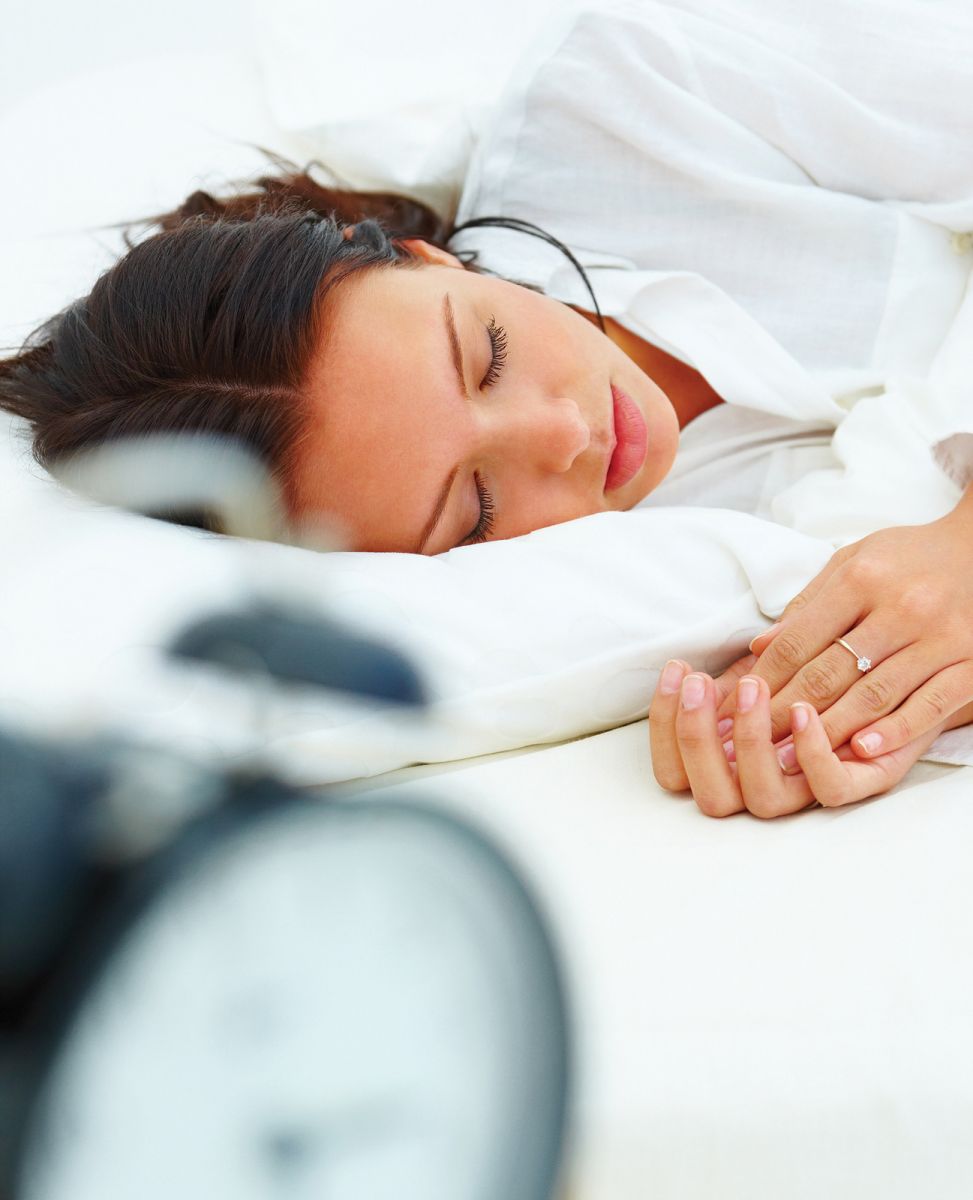

Putting the recent CPAP recall in context But the fundamental principle is still the same.”ģ. We’re trying to eliminate things that make people stop using it. Zinchuk, “it’s still essentially the same device. Yaggi and Zinchuk both agree that today’s CPAPs are “improved,” with more comfortable masks, and such features as automatic pressure adjustment capabilities, built-in modems that transmit data to the doctor, and bi-directional capabilities that allow technologists to make remote adjustments. “There are as many masks as there are shoes, and we can usually find the right one for each person,” says Dr. The machine gently blows air through the tube and then into your airways through a mask while you sleep-a sleep technologist can adjust the machine to make sure the mask fits properly and the right amount of air goes through. However, it is notoriously perceived to be unpleasant and, thus, doesn’t work for some people.Ī CPAP machine is about the size of a tissue box, has a motor, and is attached by a tube to a mask worn over your nose and mouth. The CPAP machine, considered the “gold standard” of sleep apnea treatment, is designed to regulate breathing during sleep. Obstructive sleep apnea-definedĪ little background. They helped us put together seven things you need to know about obstructive sleep apnea, advances in CPAPs, and other OSA treatments. To help clear up the confusion, we spoke with Henry Yaggi, MD, MPH, a pulmonologist and director of the Yale Center for Sleep Medicine, and Andrey Zinchuk, MD, MHS, who directs an Advanced Apnea Management Program at Yale. Or they’re worried they’ll be diagnosed with OSA and have to use the most common-and notoriously difficult to tolerate-treatment: a continuous positive air pressure machine, or a CPAP.Īnd since one company recently recalled some of its CPAP devices, there is growing confusion among many with OSA about whether or not they should even use a CPAP at all. Or they do, but don’t want to undergo a sleep test in an overnight lab (which is how OSA is typically diagnosed). Perhaps unsurprisingly, many people avoid seeking help for snoring because they don’t think it’s a big deal. Even more troubling, it’s possible to have the condition and not even know it. About half of the 90 million Americans who snore have obstructive sleep apnea (OSA), a condition that actually disrupts breathing, is linked to heart disease, and can even be fatal. But sometimes that harsh, rasping sound is more than just annoying it can be life-threatening. High on the list of sounds no one wants to hear is the snoring of a bed partner.


 0 kommentar(er)
0 kommentar(er)
